Chronic joint pain affects millions of Americans each year. Joint pain is extremely common, especially as you age. And guess which joint is complained about most frequently? The knee!
As an active, weight-bearing joint, the knee is a source of pain and problems for many people. The knee is the strongest joint in the human body, as it allows the legs to bend and straighten while carrying almost all of an individual’s weight while they’re standing.

Dr. Gregory H. Tchejeyan, also known as the “L.A. Knee Guy”, is well aware of this. In fact, as a board-certified orthopedic surgeon, he’s performed over 10,000 surgeries in his career and was fellowship-trained in the specialty of the knee. He’s more than mastered helping people heal from joint pain and focuses on three distinct steps of the pain reduction process – evaluation, treatment, and rehabilitation.
Evaluation
The first step to reducing joint pain is evaluating the condition itself. Dr. T. takes great care to meet with each patient individually and determine a treatment plan that fits their specific needs. He listens to the patient’s experiences and symptoms while also reading the MRIs and X-Rays.
“Doctors often order an MRI, see a finding, and determine what should be done solely on an MRI finding. This isn’t always the best approach. MRI findings are just that – findings. They don’t provide a diagnosis because they don’t tell the whole story. Being an athlete myself, I really try to listen to my patients and hear their problems. Then we use technology and their symptoms to determine a course of action together.”
-Dr. Gregory H. Tchejeyan
In the evaluation process, Dr. T. may begin by prescribing injections, physical therapy, or other non-surgical means to reduce joint pain. However, sometimes surgery is the necessary solution.
Treatment
If joint replacement surgery happens to be the solution for your particular case, then Dr. T. is the trusted surgeon for the job. Treatment for joint pain looks different for everyone, but Dr. Tchejeyan offers an individualized approach to care that seeks pain reduction for each and every condition.
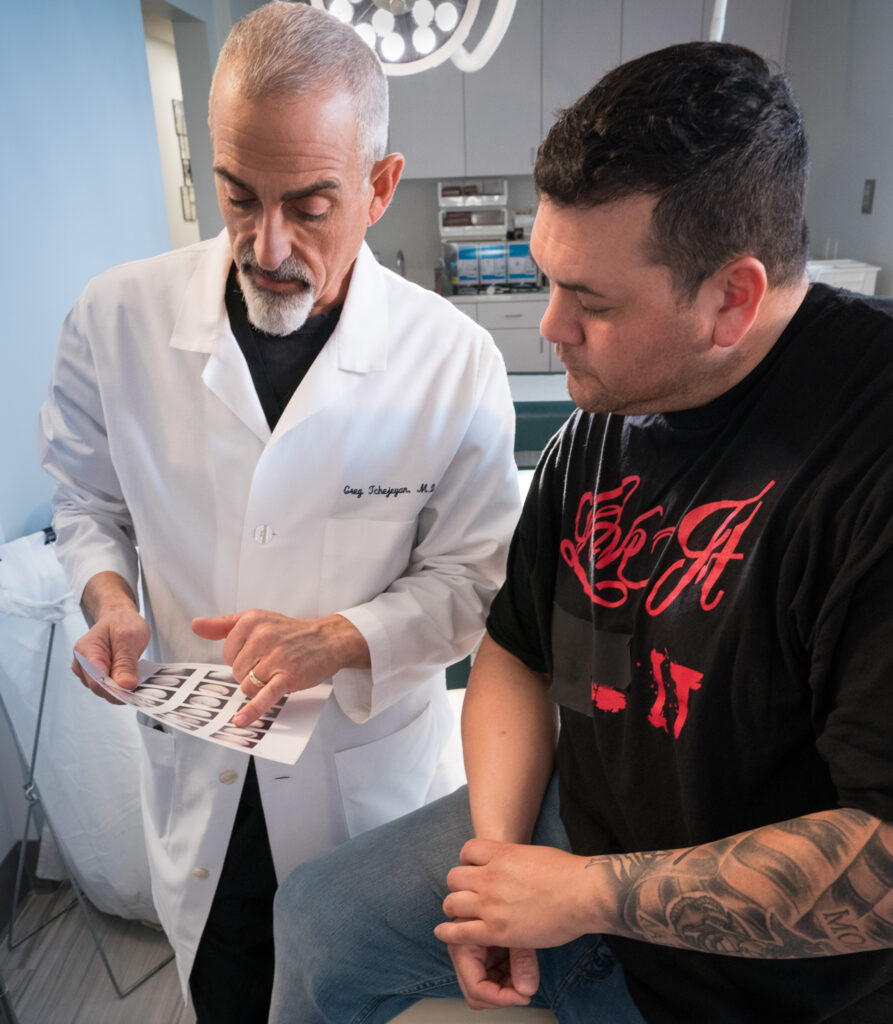
In one case, a patient visited Dr. T. for a second opinion, disheartened by a previous doctor’s claim that a total knee replacement was his only solution. Dr. Tchejeyan is known for his thorough evaluation of each patient’s condition. He actually determined that only a partial knee resurfacing was required. The patient was able to recover more quickly with this approach. While this is not the case 100% of the time, the evaluation process could be what saves patients from otherwise needless surgical procedures.
Rehabilitation
Once the condition is treated by a professional orthopedic surgeon, rehabilitation is imperative to the healing process. The best approach to aftercare really depends upon the type of surgery performed. Dr. Tchejeyan is heavily involved in the recovery of each of his patients. He boasts of the collective effort that his practice offers his patients.
“We work with a dedicated anesthesia group, surgical team, and peri-operative physicians. I’m the quarterback, but the whole team is helping when you sign up with me! From the pre-op appointment to post-op physical therapy, I am involved in every part of surgery and recovery to ensure your healing.”
-Dr. Gregory H Tchejeyan
Dr. T. knows that it takes a comprehensive team to help you heal. His patients know he’s just a phone call away if they have any post-surgery questions.
After an orthopedic procedure, your surgeon will likely prescribe physical therapy to aid in the rehabilitation process. That’s because strengthening the surrounding muscles and ligaments will improve your joint’s range of motion and keep your physical health up to par as you heal.
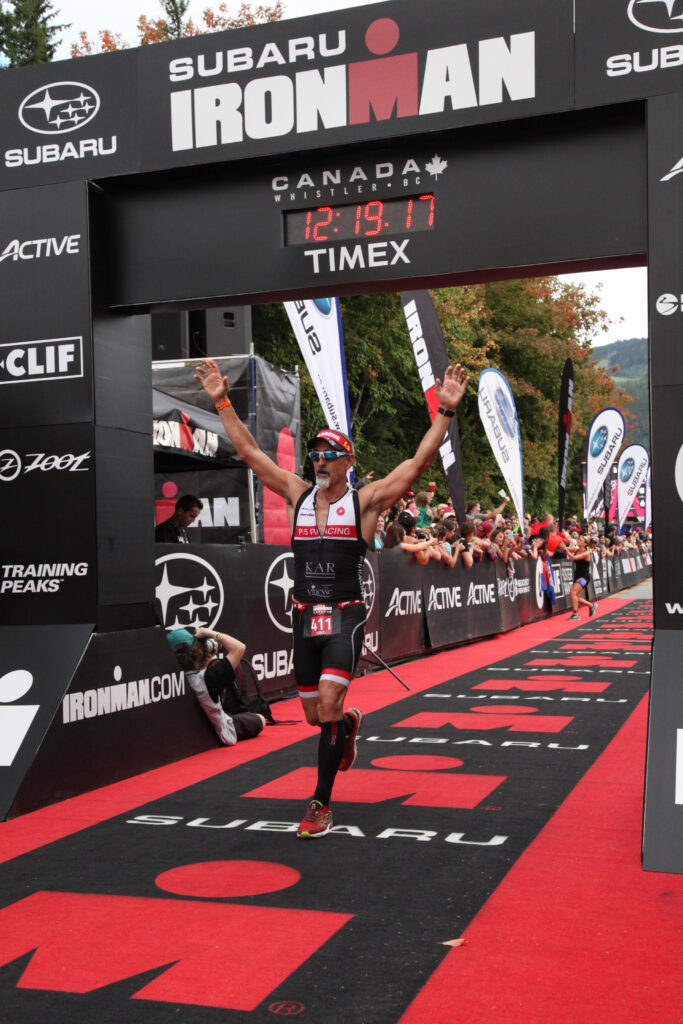
An athlete himself, Dr. T. understands that runners don’t want to be told not to run! His most active patients are always anxious to return to the activities they enjoy. That’s Dr. T.’s goal in the pain reduction process.
Evaluation, treatment, and rehabilitation are the three steps in joint pain reduction. If your joint pain is beginning to interfere with your everyday activities, it may be time to visit an orthopedic surgeon. Dr. T. always says that life is too short to live in pain! Read a little more about him here, or pay him a visit in his Thousand Oaks clinic. He and his friendly staff are there to welcome you on the beginning of your journey towards healing!
{PIC OF STAFF}
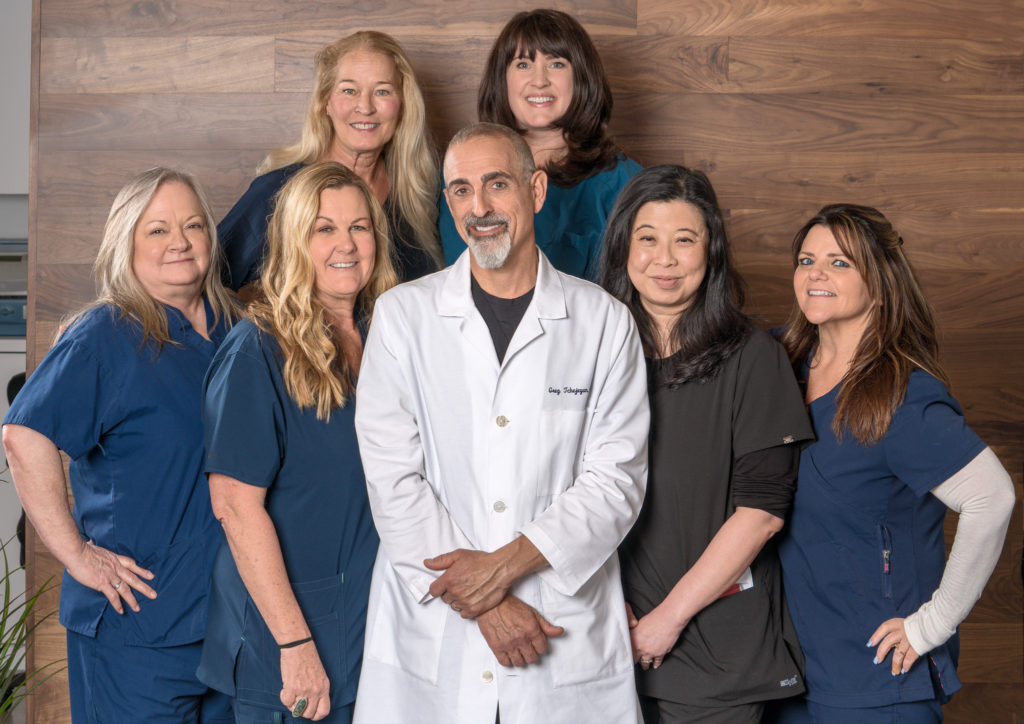

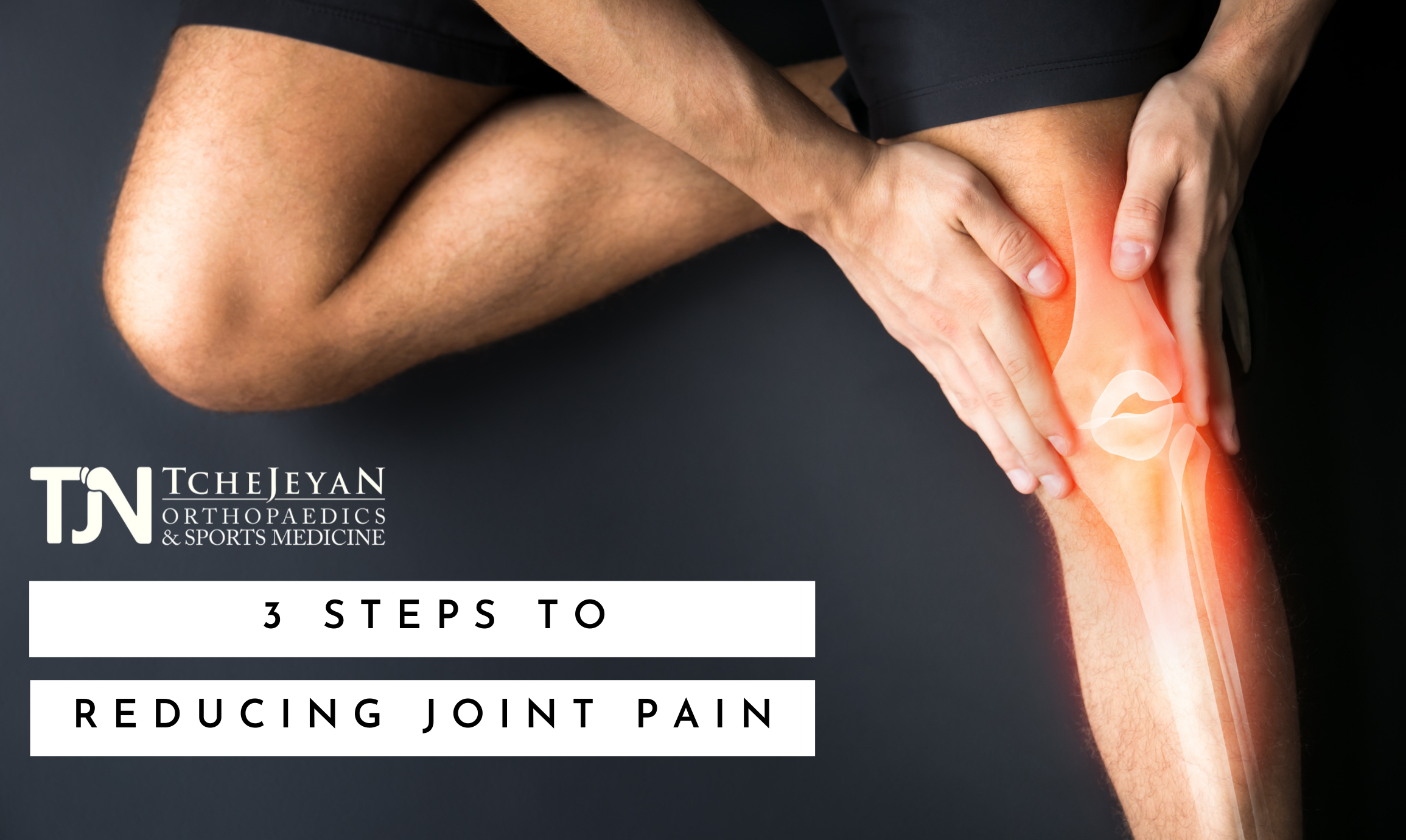
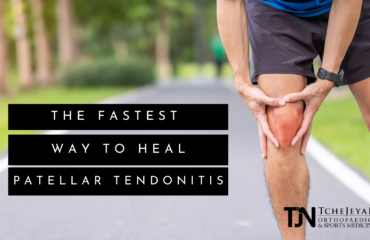
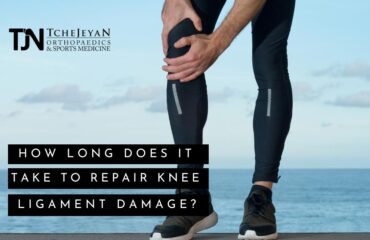
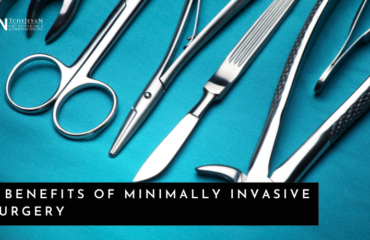
[…] muscles the more difficult it will be for your body to repair them. This can cause inflammation and pain in the […]
[…] everyone with damaged cartilage experiences pain. Over time, this can get worse, particularly in patients who have osteoarthritis. At first, you […]